Venture into the verdant landscapes of Sa Pa and you might be greeted by the stunning sight of a Hmong woman, adorned in her intricately embroidered garments. The vibrant colors of her attire create a striking contrast against the lush green mountains, a vivid representation of Vietnam's rich cultural diversity. Vietnam is home to over 50 distinct ethnic minority groups, each with its own unique traditions, beliefs, and exquisite craftsmanship, all beautifully manifested in their ethnic clothes. These garments are not just pieces of fabric; they are stories woven into threads, each color and pattern symbolizing a rich heritage and way of life. This blog post serves as a comprehensive guide for travelers keen on exploring the diverse styles, symbolic meanings, and cultural significance of Vietnamese ethnic clothes. As you journey through Vietnam, understanding these unique ethnic garments will enrich your experience, offering a deeper insight into the country's vast cultural mosaic.
While the iconic Áo Dài often takes center stage in discussions about Vietnamese attire, the country's fashion landscape is far more diverse, especially when it comes to ethnic clothes. Vietnam is a cultural mosaic, home to over 50 ethnic minority groups, each with its unique traditional attire that goes beyond the well-known Áo Dài. These ethnic garments are a testament to the rich tapestry of regional identities, craftsmanship, and cultural heritage.
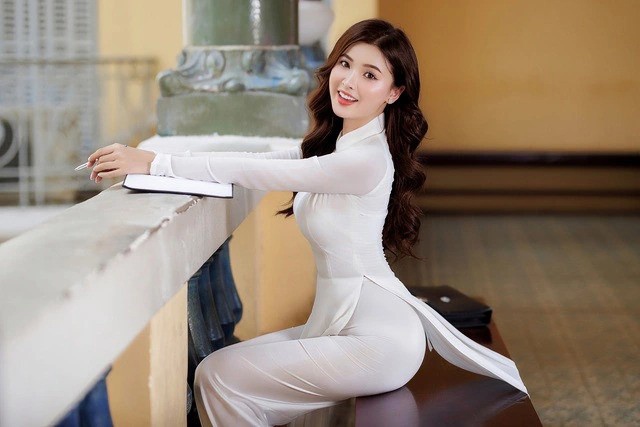
The vast array of ethnic clothing in Vietnam showcases distinct regional characteristics and tailoring techniques. For instance, the vibrant garments of the Hmong people, known for their intricate embroidery and bold colors, starkly contrast the more subdued, earth-toned outfits of the Tai people. Each ethnic group employs unique tailoring techniques that have been refined and passed down through generations, reflecting their distinct cultural narratives and lifestyles. These garments are more than just clothes; they are embodiments of the group's identity, history, and artistic expression.

The influence of geography and the environment on ethnic attire in Vietnam is profound. In the mountainous regions, like Sa Pa, the ethnic minority groups such as the Hmong, Dao, and Tay wear vibrant and elaborately embroidered costumes, designed not only for aesthetic appeal but also for practicality in the rugged terrain. Meanwhile, in the coastal regions, the attire of fishermen is vastly different, prioritizing functionality and ease of movement. These garments are typically lighter and more suited to the warm, humid conditions of the coastal environment. This variation in clothing styles from the mountains to the coasts offers a glimpse into how the Vietnamese people have adapted their dress to their surroundings.
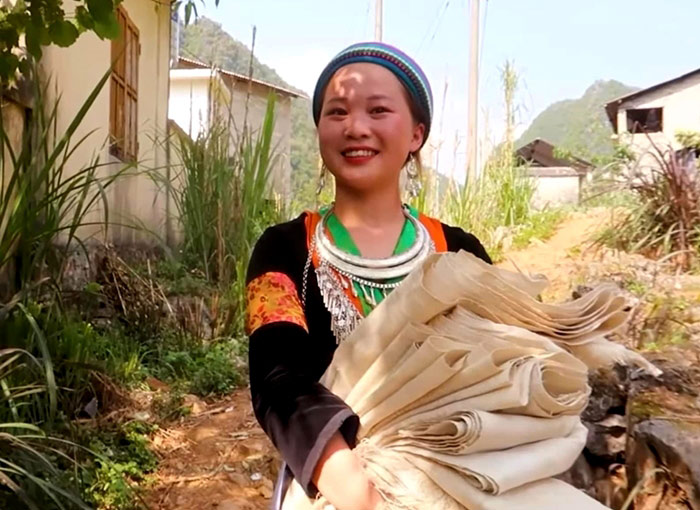
The patterns, colors, and materials of Vietnam's ethnic clothes are imbued with deep symbolic meanings, reflecting ancestral beliefs, social status, and spiritual significance. For example, certain motifs in the embroidery of the Hmong people are believed to ward off evil spirits or tell stories of ancient folklore. The use of specific colors can signify various aspects of life, such as age, marital status, or mourning. Understanding these symbols offers travelers a more profound insight into the beliefs and values of these ethnic groups, making their attire a rich tapestry of stories and traditions waiting to be explored.
Vietnam's ethnic clothes are not just garments; they are canvases where each community paints its identity, history, and traditions. Among these, the Hmong, Tà Ôi, and Cham communities stand out for their unique textile traditions, each offering a distinct aesthetic experience.
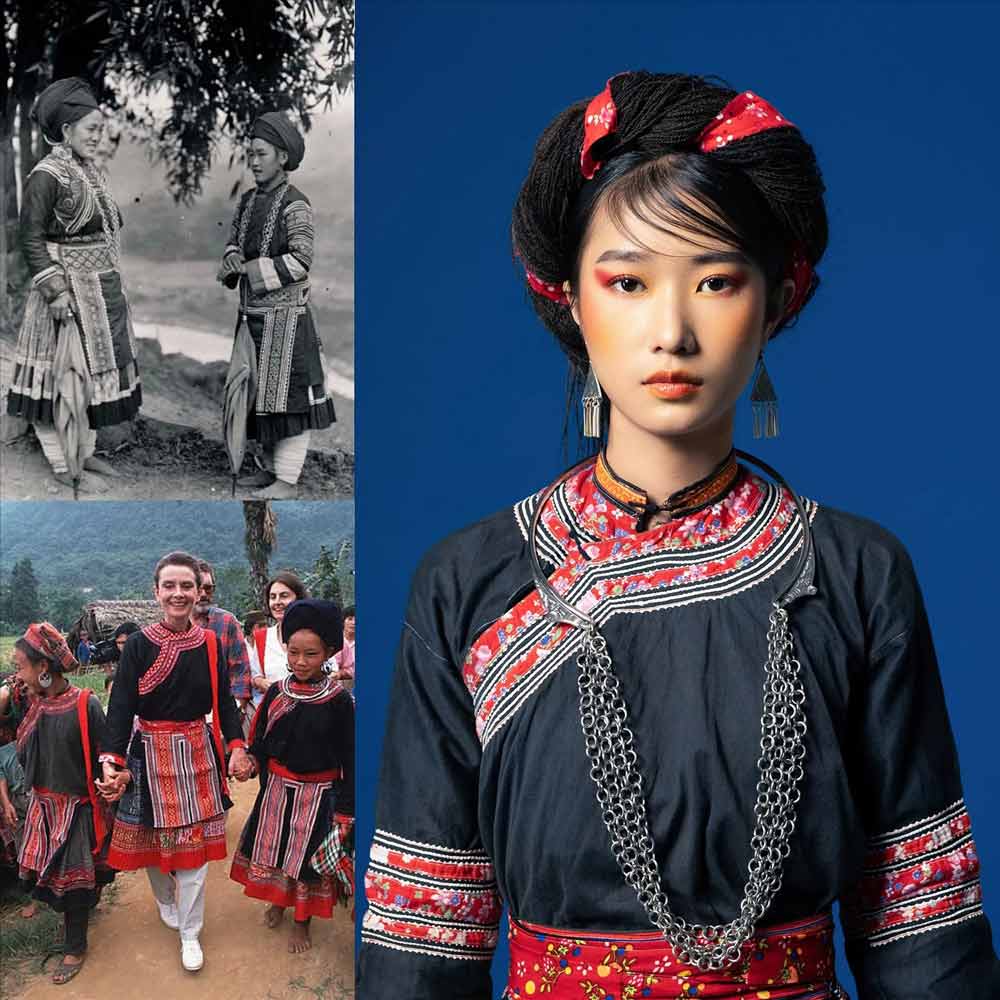
The Hmong people, primarily residing in the mountainous regions of Vietnam, are renowned for their extraordinary embroidery skills. Hmong women, through generations, have mastered the art of stitching their stories and dreams into their clothing. The vibrant geometric patterns, contrasting textiles, and rich colors of Hmong embroidery are mesmerizing. These patterns are not just decorative; they often symbolize important life events, cultural stories, or spiritual beliefs. The Hmong embroidery is a visual feast that showcases their rich cultural heritage and artistic prowess.

Venture into the world of the Tà Ôi people, and you'll discover the profound artistry behind their indigo dyeing traditions. The Tà Ôi community, known for their deep connection to nature, use natural indigo dyes to create clothing in beautiful shades of blue. These deep blue hues are not just aesthetically pleasing but also hold significant cultural symbolism, often representing resilience, wisdom, and a deep bond with the natural world. The process of creating these indigo-dyed garments is labor-intensive and reflects the community's dedication to preserving their traditional practices.
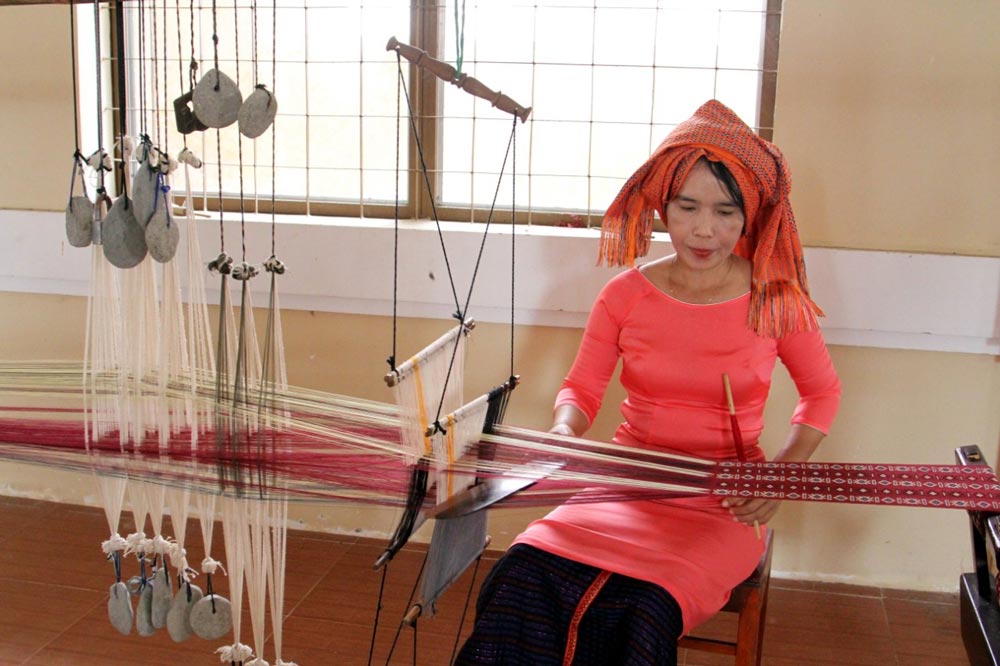
The Cham people, with their ancient maritime heritage, bring a different yet equally fascinating textile tradition. Their skill in silk weaving is evident in the elegant garments they produce. Cham clothing often features fine silk adorned with intricate gold embroidery, a reflection of their rich historical connection to trade and seafaring. The delicate weaving techniques and the use of luxurious materials make Cham garments stand out for their sophistication and beauty.
Vietnam's rich tapestry of ethnic cultures is vividly expressed through the diverse array of traditional clothing. For travelers looking to immerse themselves in the authentic cultural experience, engaging with the communities that create these beautiful ethnic clothes is both enlightening and enriching.

One of the most rewarding experiences for culturally curious travelers is visiting the ethnic villages and interacting with the local artisans. These visits offer a unique opportunity to observe the traditional clothing production firsthand. In these workshops, travelers can see the meticulous process of creating ethnic garments, from weaving and dyeing to intricate embroidery. Such interactions not only provide insight into the skill and artistry involved in making these clothes but also help in appreciating the cultural significance behind each garment. Destinations like the Hmong villages in Northern Vietnam or the Cham communities in the Central region are perfect for these immersive experiences.
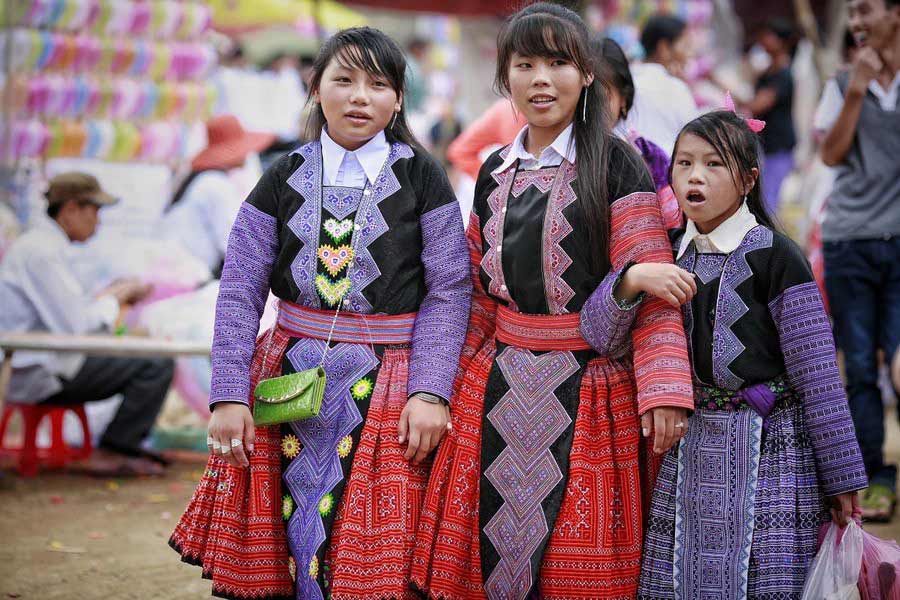
Vietnam's festivals are a kaleidoscope of color and tradition, making them the ideal events to experience the vibrancy of ethnic clothes. Festivals like Tet Nguyen Dan (Vietnamese Lunar New Year) and the Kate Festival are excellent occasions to witness the spectacular array of traditional garments. Each ethnic group dons their finest clothes during these celebrations, showcasing rich patterns, vibrant colors, and unique designs. These festivals not only allow travelers to see a wide variety of ethnic clothes but also provide a deeper understanding of their cultural context and significance.
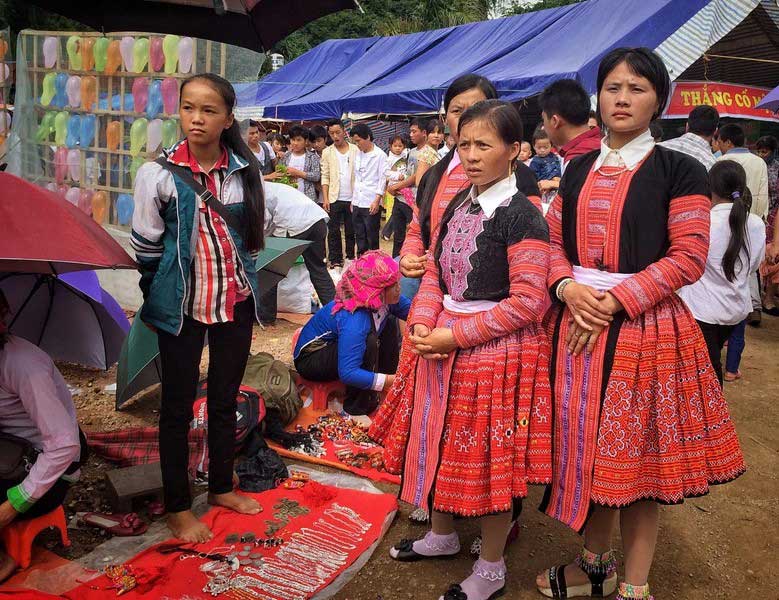
When engaging with ethnic communities and purchasing traditional garments, it's essential to do so respectfully and ethically. Travelers should be aware of and sensitive to cultural norms and traditions. This includes asking permission before taking photographs and showing appreciation for the artisans' work. When shopping for ethnic clothes, it's crucial to support ethical practices. Look for fair trade shops or community co-ops that ensure artisans are paid fairly for their work. Avoid bargaining excessively, as this can undervalue the artisans' skill and effort. By engaging respectfully and shopping ethically, travelers contribute positively to the preservation of these communities' cultural heritage and livelihood.
Vietnam's rich cultural tapestry is vividly displayed in the ethnic clothes of its diverse communities, making it a fascinating exploration for travelers. From the bustling hill tribe markets of Sa Pa to the lush landscapes of the Central Highlands, there's a wealth of traditional attire to discover.

A visit to the bustling markets of Sa Pa is a must for those interested in ethnic clothes. This picturesque town is a melting pot of hill tribe communities like the Hmong and Dao, each known for their stunning textile creations. At these markets, travelers can witness a vibrant array of handcrafted garments, featuring intricate embroidery and bold patterns. These markets are not just places to buy clothes; they're cultural hubs where you can observe the rich traditions and skilled craftsmanship of these ethnic groups. Exploring these markets offers an authentic glimpse into the local lifestyle and an opportunity to appreciate the artistry behind each piece.

Journeying through the Central Highlands of Vietnam opens up a world of unique weaving techniques and colorful textiles. This region is home to several ethnic groups, each with its distinct style of textile production. Visiting the villages in this region allows travelers to observe the process of creating these textiles, from the traditional looms to the natural dyes used to color the fabrics. The textiles of the Central Highlands are not just clothing; they're pieces of art, rich in symbols and stories that reflect the communities' connection to their environment and heritage.
For those looking to experience the full splendor of Vietnamese traditional attire, attending local festivals is a must. Vibrant events like Hoi An's Lantern Festival or Da Lat Flower Festival are perfect opportunities to see a dazzling array of traditional ethnic clothes. These festivals are a sensory feast, where locals dress in their finest traditional garments, showcasing a diverse range of styles, colors, and textures. It's not just a fashion display; it's a celebration of cultural identity and pride. For travelers, these festivals offer a chance to immerse themselves in the local culture and witness the beauty and diversity of Vietnam's ethnic attire.
Traveling through Vietnam offers an enriching journey into the world of ethnic clothes a vibrant testament to the country's rich cultural diversity. From the colorful, intricately embroidered garments of the Hmong people in Sa Pa to the unique, indigo-dyed fabrics of the Tà Ôi in the Central Highlands, each piece of traditional attire carries deep symbolic meanings and reflects regional variations. These garments are not just clothes; they are an integral part of Vietnam's cultural identity, telling stories of heritage, community, and artistry. For those exploring Vietnam, the call to action is clear: venture beyond the typical tourist shops and immerse yourself in authentic experiences that showcase the vibrant world of Vietnamese ethnic clothes. Engaging with these traditions and communities adds a unique and unforgettable dimension to your Vietnamese travel adventure, allowing you to not just see, but truly experience the rich tapestry of Vietnam's ethnic heritage.
Captivated by the vibrant diversity of Vietnam's ethnic clothes? Deepen your exploration of this rich cultural tapestry with our Essence Of Vietnam From South To North tour package, where you can experience the unique traditions and heritage of Vietnam's many ethnic communities.
Explore the essence of Vietnam through our tailored tour packages. Each private tour is carefully designed to match your individual tastes, providing a unique and personal journey through Vietnam's secret wonders and cultural riches.
